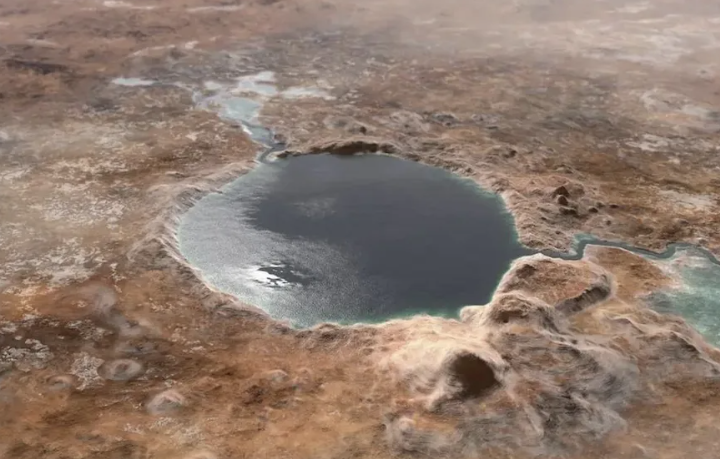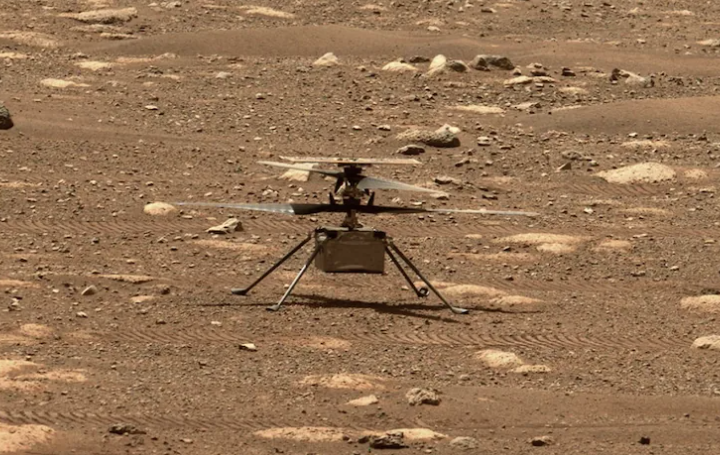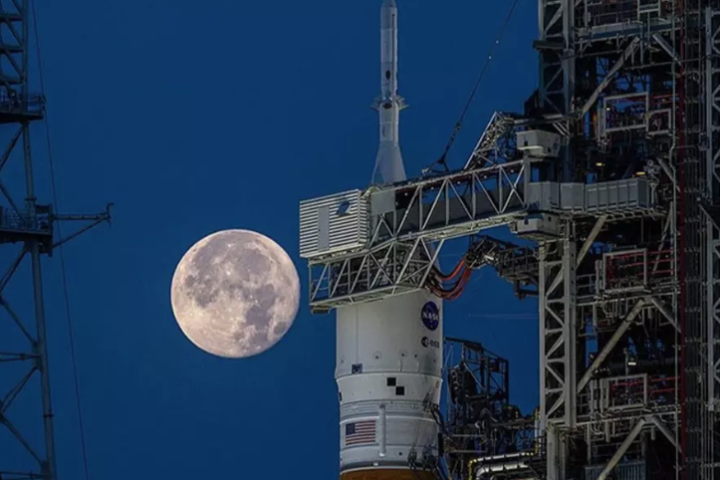New photographs from the Mars Express mission of the European Space Agency feature the largest canyon known to exist in the Solar System.
The spacecraft photographed two surface gouges that are a portion of the Valles Marineris, also known as the Grand Canyon of Mars, as it whizzed by in Martian orbit.
- JWST Displays Gas Like Never Before Around A Supermassive Black Hole
- Manufacturing PMI in the US is at a 2-year low
The Martian Grand Canyon, on the other hand, resembles a tunnel for ants.
Valles Marineris measures 4,000 kilometers (2,485 miles) in length and 200 miles in width, making it nearly 10 times longer and 20 times broader than the extensive canyon system in North America. Valles Marineris is unlike anything on Earth, and as a result, planetary scientists are very interested in the feature.
Mars Express’ segment photos show pieces of two chasmata, Ius on the left and Tithonium on the right. The geology and geological history of Mars can be better understood via close examination of the features of these amazing natural structures.

For instance, Mars appears to have reached the end of its tectonic history since its crust has fused into a single distinct layer that encloses the planet’s interior. In contrast, the Earth’s crust is separated into plates that can move around and cause a variety of problems.
According to geologists, Valles Marineris occurred when Mars did have tectonic plates. According to recent research, the canyon system was created long ago as a result of a plate tectonic crack that widened. Valles Marineris is now a really intriguing place as a result.
The canyon appears rather shallow in the photos from Mars Express, but the two chasmata are enormous; the full resolution image has a pixel density of about 25 kilometers. Tithonium Chasma is 805 kilometers long overall, and Ius Chasma is 840 kilometers long.
The orbiter also has 3D imaging capabilities, which show that the canyon in this image has reached its maximum depth of around 7 kilometers, which is five times deeper than the Grand Canyon.

The photos of the two chasmata show several noteworthy characteristics. The separation of the two tectonic plates is likely what created the row of angular mountains that make up Ius. These mountains have deteriorated considerably since that time.
In the upper portion of the picture, tithonium is partially tinted in a darker shade. This might have originated from the Tharsis volcanic area, which is adjacent and to the west of the chasma. Within this dark sand, lighter mounds appear; they are truly mountains that are more than 3 kilometers tall.
The tops of the mountains, however, have been scraped off by erosion. This implies that the mountain is comprised of a substance that is weaker and softer than the surrounding rock.
But even that rock is not impermeable. There are features that point to a recent landslide of the canyon wall to the bottom right of the more noticeable of the mountains.

It’s interesting to note that several Tithonium Chasma features have minerals that contain sulfate. This has been regarded as proof that the Chasma formerly contained water, at least in part.
Although the data is far from conclusive, recent hydrogen detections in the chasma imply that a significant amount of water may be entrained with minerals below the surface.
Since we are obliged to study Mars distantly – at least for the time being – it is challenging to draw any firm conclusions. Sending a rover to Valles Marineris would undoubtedly help scientists in finding the answers to some of the most pressing problems that have emerged. However, pinpointing regions of interest could help in the design of future Mars missions, both crewed and uncrewed.
Science can benefit from images like this since they aid in question formulation and occasionally provide the answers. But they’re also simply breathtakingly beautiful.





